Discover the vibrant world of the underground rap scene, a hidden gem that continues to captivate audiences with its raw authenticity and unfiltered storytelling. While mainstream rap often dominates the spotlight, the underground scene thrives outside of the limelight, offering a unique perspective on hip-hop culture. From its origins in grassroots movements to its evolution through digital platforms like Reddit, the underground rap scene has become a hub for artists who prioritize creativity over commercialism. This article delves into the culture, key figures, and historical milestones of the underground rap scene, exploring how it differs from mainstream hip-hop and its enduring appeal. Whether you’re a seasoned fan or new to the genre, join us as we uncover the stories behind the beats and the voices shaping this dynamic subculture. We’ll also examine the journeys of iconic artists like Eminem and Drake, their paths to fame, and the lessons they’ve imparted to aspiring rappers. Additionally, we’ll explore the teaching element within the scene and discuss its current state and future prospects. This comprehensive review promises to provide insights into why the underground rap scene remains a cornerstone of modern music.
Key Takeaways
– Eminem Started His Career as an Underground Rap Artist in Detroit, Emerging From the Vibrant Hip-Hop Scene of the Mid-1990s.
– Despite Initial Struggles and Commercial Failure, Eminem’s Relentless Dedication and Raw Talent Led to Breakthrough Success.
– Eminem’s Journey Began With Guidance From Influential Figures Like DJ Moe and Dr. Dre, Who Helped Shape His Style and Career Path.
– Eminem’s Authenticity and Intense Lyrics Made Him a Pivotal Figure in the Underground Rap Community Before Achieving Mainstream Icon Status.
– Drake, While Influential, Is Not Considered Part of the Underground Rap Scene, As His Rise Involved Major Label Deals and Broad Popularity.
– Eminem’s Story Highlights the Power of Perseverance and Mentorship in Navigating the Music Industry’s Challenges.
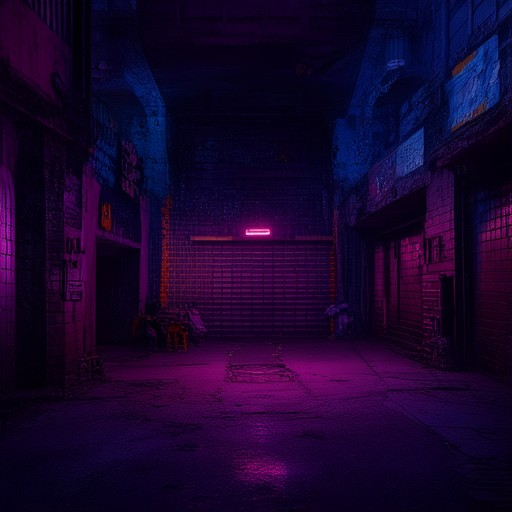
What is the underground rap scene?
The underground rap scene refers to a vibrant and diverse subculture within the broader hip-hop landscape. This scene is characterized by its authenticity, independence, and departure from mainstream commercialism. Underground rap often embraces experimental sounds, raw storytelling, and a DIY ethos, making it a haven for artists who wish to preserve the essence of hip-hop culture.
Key Characteristics of the Underground Rap Scene
- Independence : Underground rappers typically operate outside major record labels, relying on grassroots movements, social media, and independent platforms to promote their work.
- Authenticity : The scene often prioritizes real-life stories, social commentary, and personal experiences over polished, market-driven narratives.
- Diverse Sounds : Underground rap encompasses a wide range of styles, including experimental beats, lo-fi hip-hop, conscious rap, and old-school-inspired tracks.
- Community-Driven : The scene thrives on a strong sense of community, with artists supporting each other through collaborations, mixtapes, and shared platforms.
Notable Subgenres and Artists
Experimental Rap
- Artists like MF DOOM , Jinsang , and The Alchemist push boundaries with unique soundscapes and innovative lyricism.
Lo-Fi Hip-Hop
- Producers such as Lofi Girl and Nujabes create atmospheric, sample-driven tracks that evoke nostalgia and introspection.
Conscious Rap
- Rappers like Kendrick Lamar and J. Cole use their platforms to address social issues, sparking meaningful conversations.
Old-School-Inspired Rap
- Artists such as Ghostface Killah and Raekwon revive the gritty, storytelling style of classic New York hip-hop.
Platforms and Distribution
The underground rap scene heavily relies on digital platforms like SoundCloud , Bandcamp , and YouTube to share music and connect with fans. Mixtapes, guest mixes, and streaming series like “The Plug” on Apple Music play crucial roles in showcasing unsigned talent.
Festivals and Events
Underground rap has gained momentum through festivals like SXSW , A3C , and Resonate , which provide opportunities for emerging artists to showcase their skills.
The DIY Spirit
Independent artists often handle every aspect of their career, from recording and producing to distributing music and building their brand. This self-reliance is a hallmark of the underground rap movement.
The underground rap scene continues to evolve, influenced by technology, social media, and the desire for authentic expression. Its influence extends beyond music, shaping fashion, art, and culture worldwide.
The Best Underground Rapper
When it comes to determining the “best” underground rapper, it’s important to recognize that the term can be subjective and depends on personal preferences and the specific criteria used for evaluation. However, several artists consistently stand out due to their unique styles, lyrical prowess, and dedication to their craft.
- MF Doom – Known for his intense lyrical content and dark, cinematic style, MF Doom has earned a reputation as one of the most respected voices in underground hip-hop. His deep, gravelly voice and intricate wordplay set him apart from many of his peers.
- Joey Badaon – With his classic New York City vibe and old-school flow, Joey Badaon has become a favorite among underground hip-hop enthusiasts. His ability to tell stories and convey emotion through his lyrics makes him a standout artist.
- Action Bronson – Action Bronson is known for his bold, brash delivery and unique blend of storytelling. His music often dives into gritty, urban narratives, making him a favorite among those who appreciate raw, unfiltered rap.
- Grimez – Grimez is a rising star in the Atlanta rap scene whose music combines Southern trap influences with authentic storytelling. His ability to balance catchy hooks with meaningful lyrics has helped him gain a loyal following.
Each of these artists has carved out their own niche in the music industry, often operating outside the mainstream spotlight. Their dedication to their craft and their ability to connect with audiences on a personal level are key factors that contribute to their status as underground rappers.
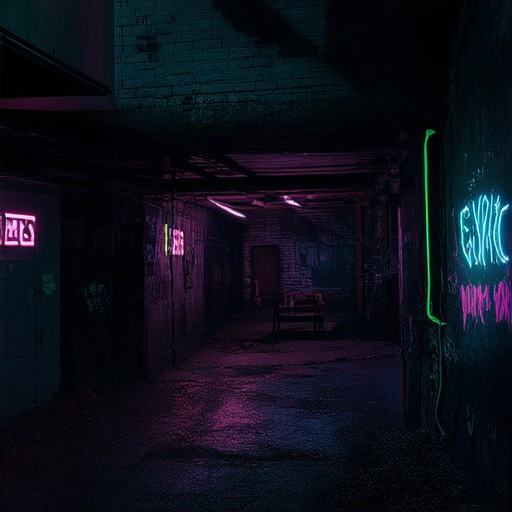
Why is Underground Hip Hop Better?
Underground hip hop has long been celebrated for its authenticity, storytelling prowess, and ability to push boundaries compared to mainstream rap. Here are some key reasons why underground hip hop often stands out:
- Authenticity and Realness: Underground rappers often share raw, unfiltered stories about their lives, struggles, and experiences. Unlike mainstream artists who may focus on glitz and glamour, underground artists tackle real issues like poverty, addiction, and social injustice, resonating deeply with audiences.
- Storytelling and Depth: Underground hip hop thrives on narrative-driven lyrics. Artists often tell intricate stories that offer insight into their backgrounds, communities, and societal issues. This approach creates a connection with listeners who appreciate thought-provoking and emotionally charged music.
- Lack of Commercial Constraints: Underground artists aren’t bound by the same pressures as mainstream artists. They have the freedom to experiment with unique sounds, unorthodox structures, and controversial topics without worrying about radio play or mass appeal.
- Creative Freedom and Innovation: Underground hip hop is a breeding ground for creativity. Artists often blend genres like jazz, funk, and electronic music, creating sounds that are ahead of their time. This innovation keeps the genre fresh and evolving.
- Community and Collaboration: Underground scenes are typically tighter-knit, fostering strong bonds among artists. This camaraderie leads to collaborative projects and a shared sense of purpose, often resulting in high-quality, cohesive work.
- Social Consciousness: Many underground hip hop artists use their platforms to address systemic issues and advocate for change. Their music often serves as a call to action, inspiring listeners to engage with their communities and challenge the status quo.
While mainstream hip hop dominates commercial success, underground hip hop continues to hold a special place in the hearts of true music lovers. Its unfiltered energy, artistic integrity, and cultural significance make it a timeless force in the world of music.

Was Eminem an underground rapper?
Yes, Eminem began his career as an underground rapper. Born Marshall Mathers in Detroit, Michigan, Eminem emerged from the city’s vibrant hip-hop scene in the mid-1990s. He gained recognition through local battles and mixtapes, which are central to the underground hip-hop culture. His raw, intense lyrical style and gritty storytelling resonated deeply with fans of the genre.
Eminem’s early work, such as his debut album Infinite (1996), failed to achieve commercial success, which is common for many unsigned or independent artists in the underground scene. However, his relentless dedication and passion for hip-hop earned him respect within the tight-knit underground community. He also became a key member of the Detroit-based rap collective D12, further solidifying his status as an under-the-radar artist.
Over time, Eminem’s talent and authenticity helped him break through to mainstream audiences, becoming one of the most successful rappers of all time. While his popularity expanded beyond the underground, his roots in the genre remain undeniable, influencing countless artists who followed in his footsteps.
Learn more about Eminem’s journey and the evolution of hip-hop culture .
Was Drake an underground rapper?
Drake is widely recognized as a prominent figure in the music industry, known for his successful career in mainstream hip-hop and R&B. While his roots in Toronto’s music scene might suggest a connection to underground hip-hop, Drake’s rise to fame has firmly placed him in the mainstream spotlight.
Drake began his career releasing mixtapes and gaining local attention before signing with Young Money Entertainment. His debut album, *Tha Carter*, dropped in 2008 and marked the beginning of his commercial success. Unlike many underground rappers who focus on independent releases and grassroots movements, Drake’s appeal lies in his ability to bridge genres and connect with a broad audience.
While there is a vibrant underground rap scene that values artistic integrity and authenticity, Drake’s path has been characterized by collaborations with major labels, widespread media coverage, and global chart-topping hits. This distinction separates him from the often more niche-focused underground rap community.
Drake’s influence extends beyond traditional hip-hop, incorporating elements of pop, rock, and even country into his music. His success story highlights the intersection of artistry and commercial viability, which is a rare trait in the music industry.
In summary, Drake is not considered an underground rapper but rather a mainstream artist who has carved out a unique niche in the music world. His journey reflects the opportunities and challenges faced by artists navigating the complexities of the modern music business.
For more insights into the underground hip-hop scene and its cultural impact, visit Abstract Hip Hop .
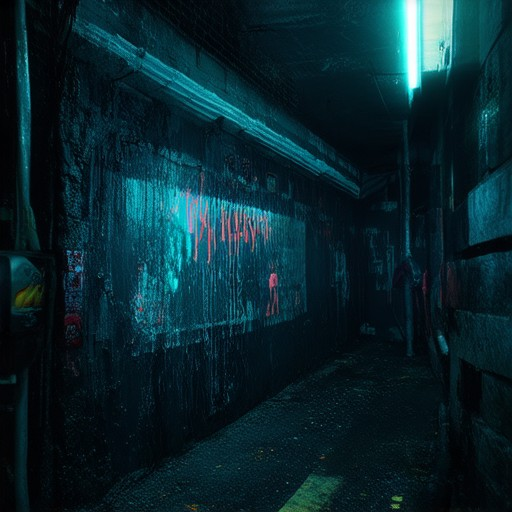
Who Taught Eminem to Rap?
Eminem’s journey to becoming a renowned rapper began with his early experiences in the Detroit music scene. He initially performed under the pseudonym “Slim Shady,” which would later become his stage name.
Early Beginnings
During his formative years, Eminem was influenced by various artists and producers who helped shape his style. One notable figure was DJ Moe, who worked closely with Eminem during his early days. DJ Moe provided Eminem with beats and supported him in local freestyle battles, which helped Eminem develop his rapping skills and gain visibility in the scene.
Local Recognition
Eminem’s talent didn’t go unnoticed, and he quickly became a standout performer in Detroit’s battle rap circuit. His participation in these competitive events earned him respect and recognition among fellow artists and fans alike.
First Mixtape
In 1999, Eminem released his debut mixtape titled *Infinite*. This project showcased his raw talent and lyrical prowess, marking the beginning of his professional career in the music industry.
Breakthrough with Dr. Dre
It wasn’t until Eminem collaborated with renowned producer Dr. Dre that his career took off. Dr. Dre recognized Eminem’s potential and signed him to his record label, Aftermath Entertainment, leading to the release of Eminem’s debut album * Infinite* in 1999.
Career Growth
With the support of Dr. Dre and a strategic marketing plan, Eminem’s popularity surged. His raw and introspective lyrics resonated with audiences, making him one of the most influential rappers of his generation.
Legacy
Eminem’s journey from a struggling artist in Detroit to a global icon is a testament to his dedication and talent. His story highlights the power of perseverance and the impact of mentorship in shaping a successful career.
Conclusion
Eminem’s rise to fame was a result of his passion for music, the guidance of supportive figures like DJ Moe and Dr. Dre, and his relentless work ethic. His early experiences in freestyle battles and the release of his debut mixtape laid the foundation for his legendary career in the music industry.
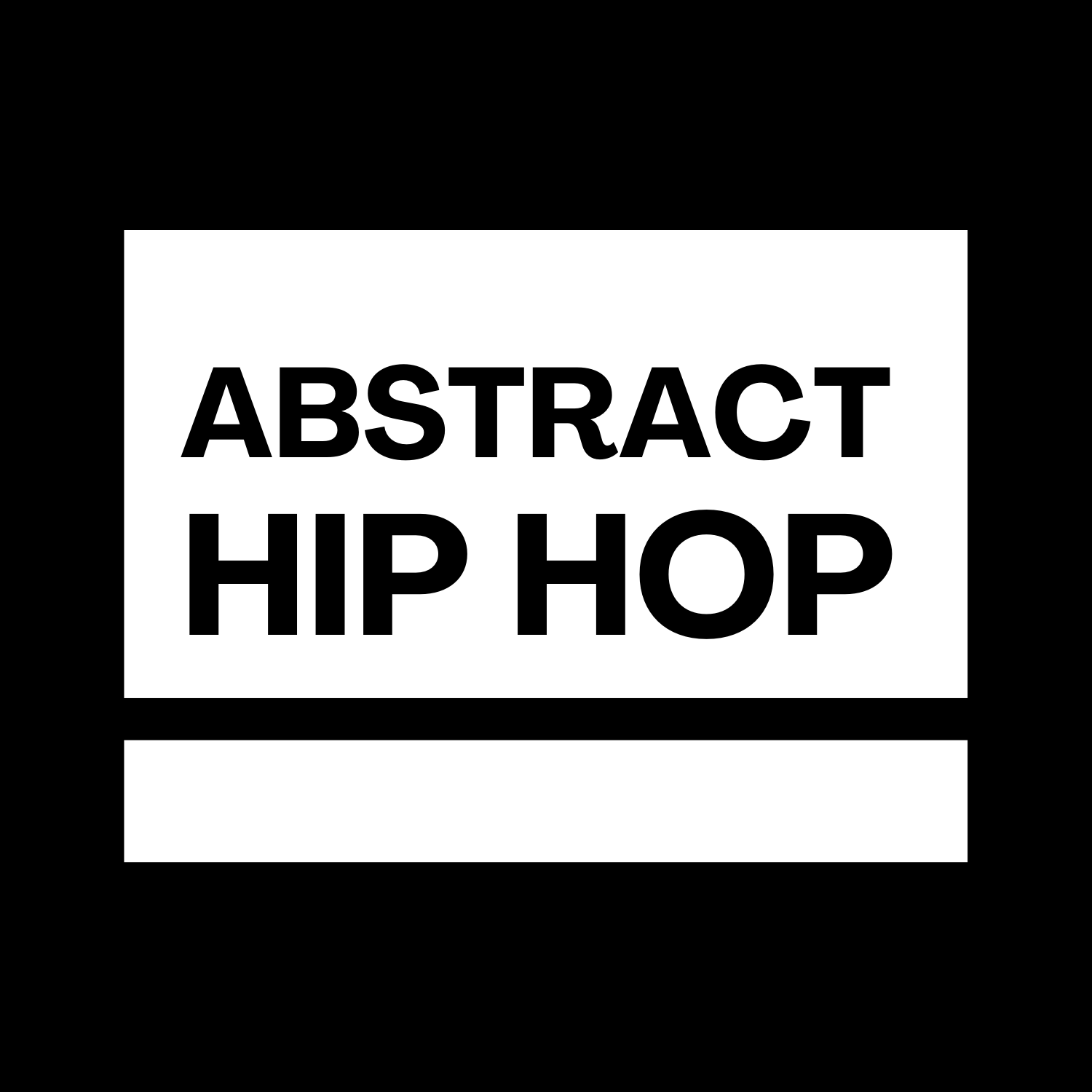
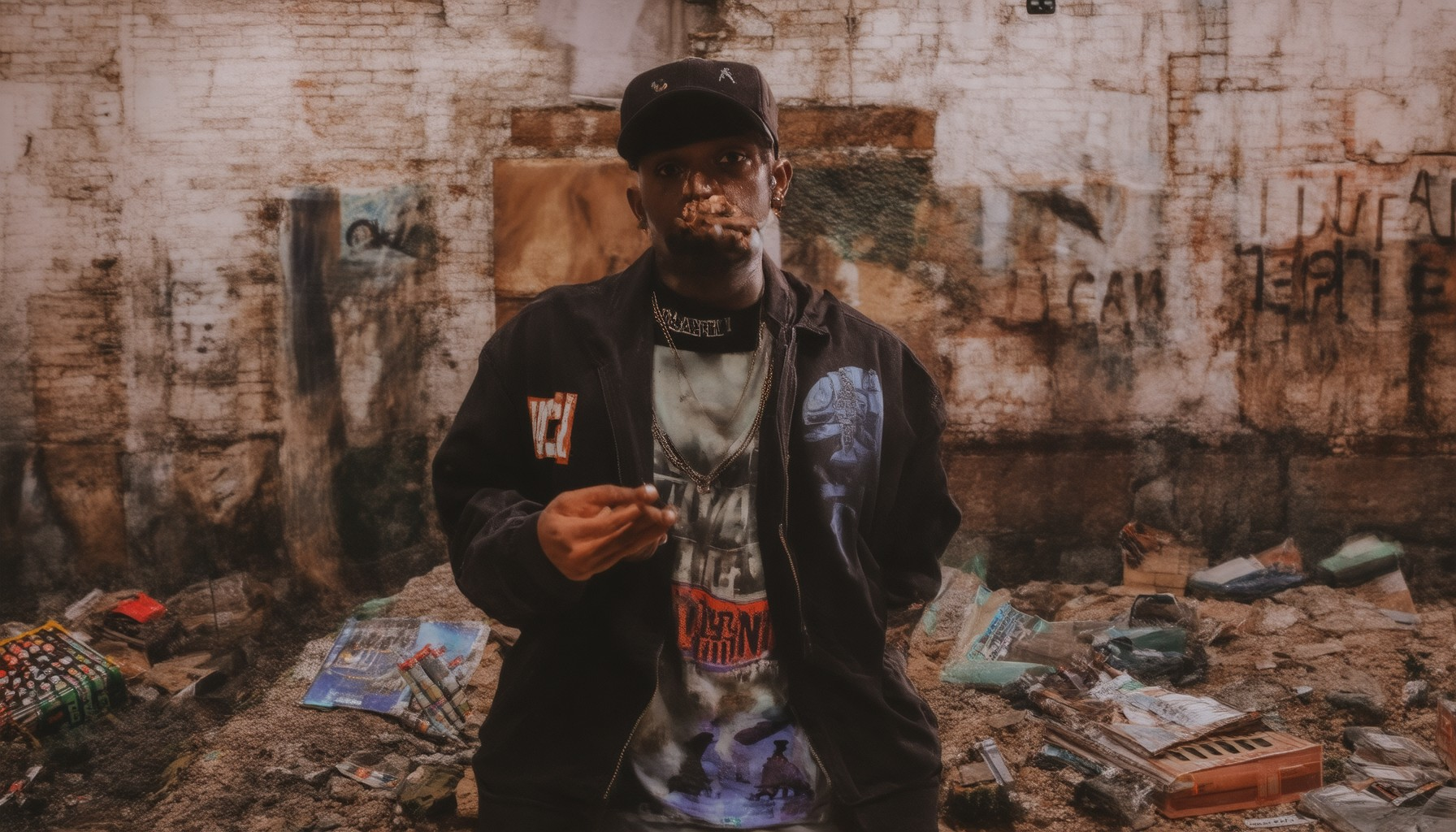
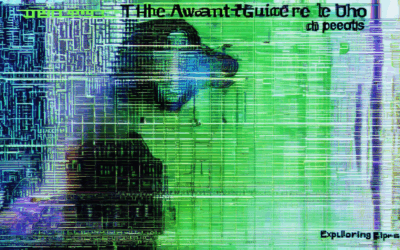


0 Comments